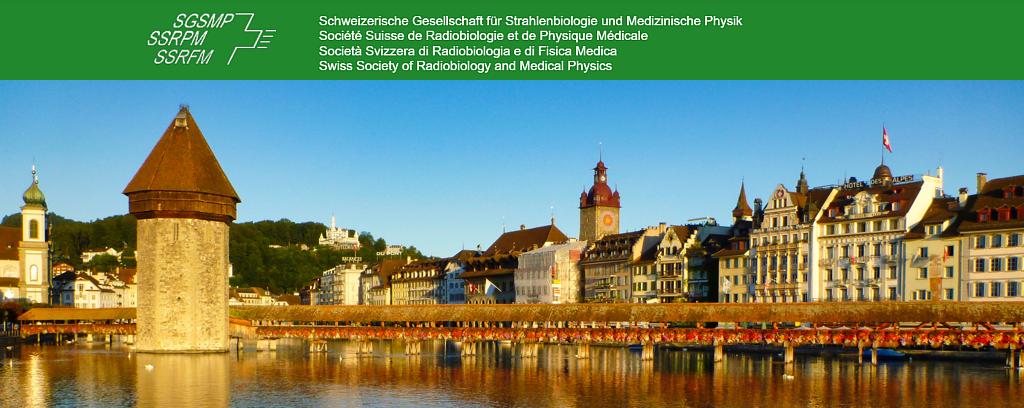Speaker
Description
Purpose
The Swiss Radiological Protection Ordinance stipulates that medical physicists should be involved in the optimization of clinical protocols. We present a multicentric and multidevice study to evaluate the impact of protocol optimization on image quality (IQ) in nuclear medicine.
Methods
We performed a NEMA phantom study in 15 centres mainly located in western Switzerland, for a total of 17 SPECT and 10 PET devices. The phantom was either filled with Tc-99m or F-18 and the activity concentration was representative of the one encountered in the clinics for bone SPECT and oncologic FDG for PET. The activity concentration ratio between hot spherical inserts and homogeneous background was 10:1. The administered activity in each centre was compared to the national dose reference levels (DRL) and the calibration accuracy of quantitative systems was verified.
The IQ was assessed through the coefficient of variation (COV in homogeneous background), contrast to noise ratio (CNR), hot and cold contrast and recovery coefficients (RC) in spherical inserts.
The IQ between original and optimized protocols was compared. The influence of acquisition (scan duration) and reconstruction parameters (iterative updates and post-processing filtering) were assessed.
Results
Important improvements in the hot contrast (up to +80%) and cold contrast could be achieved by adjusting reconstruction parameters, at the cost of an increase of image noise in the phantom background.
For quantitative devices, the percent difference between the measured and the true activity concentrations in the phantom background was within 10%.
The local administered activity was compatible with the national DRL, although important margins for optimization were identified (up to a factor of 2) while still preserving RCmean and RCmax variations within $\pm$ 10%.
Conclusion
The support of medical physics, required by the law, resulted in optimized patient radiation protection while preserving image quality. The optimization process should be targeted to a particular clinical task and the collaboration between physicians, technologists and physicists is thus paramount.

